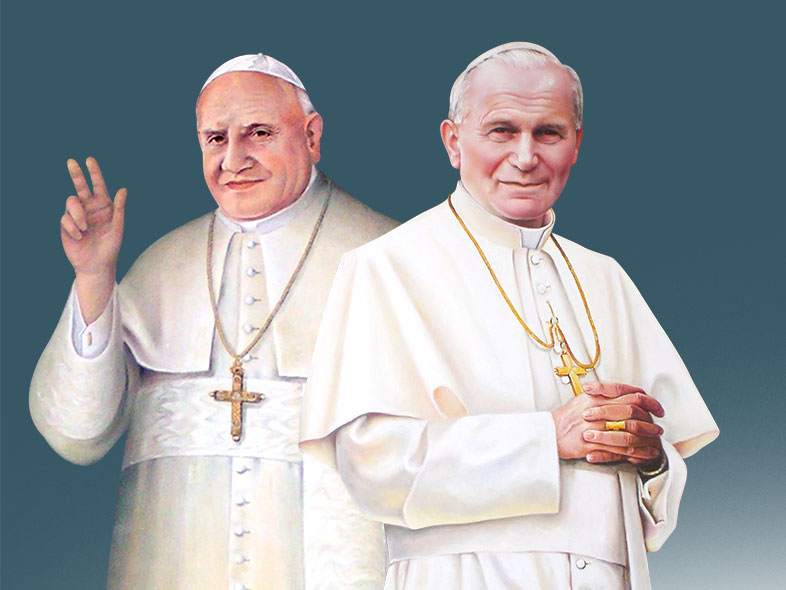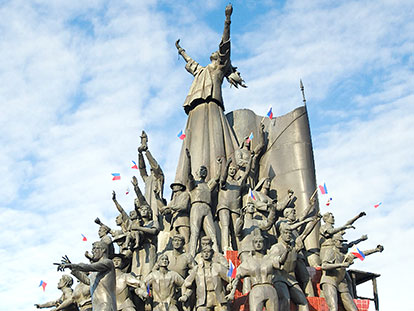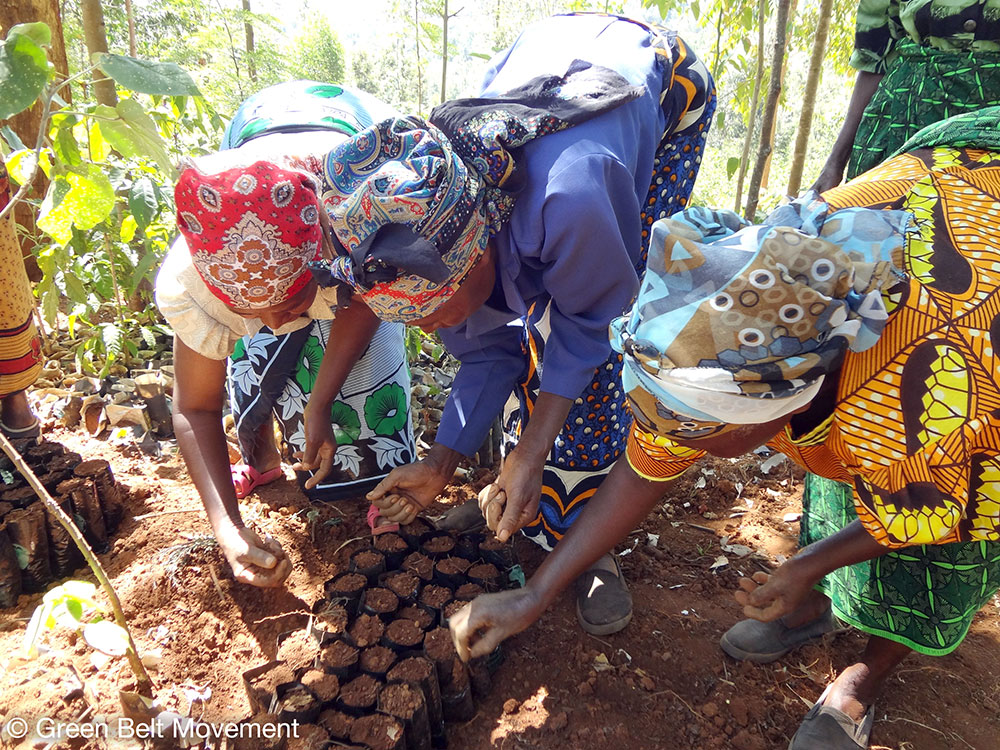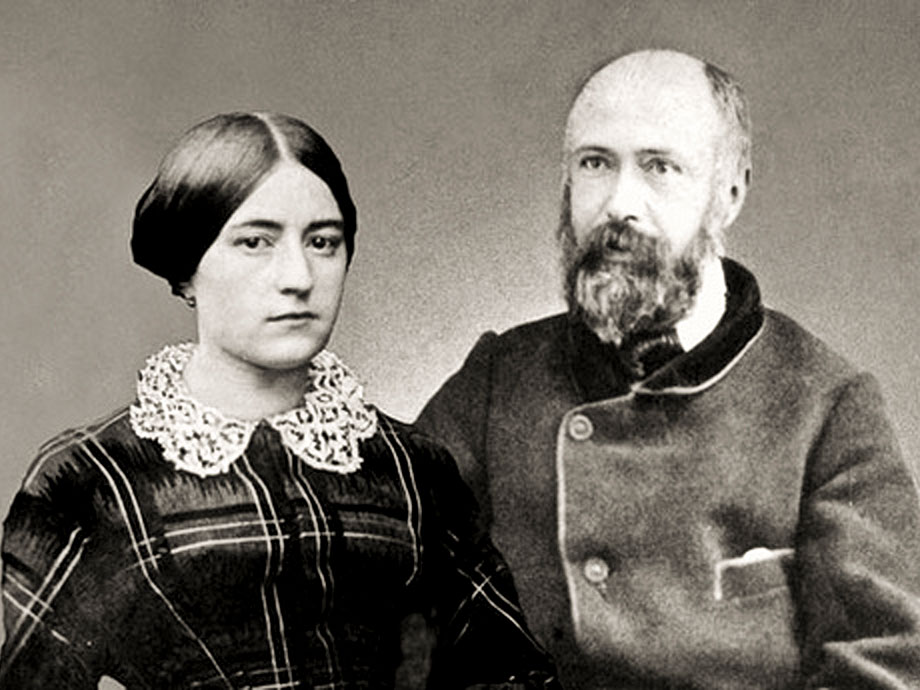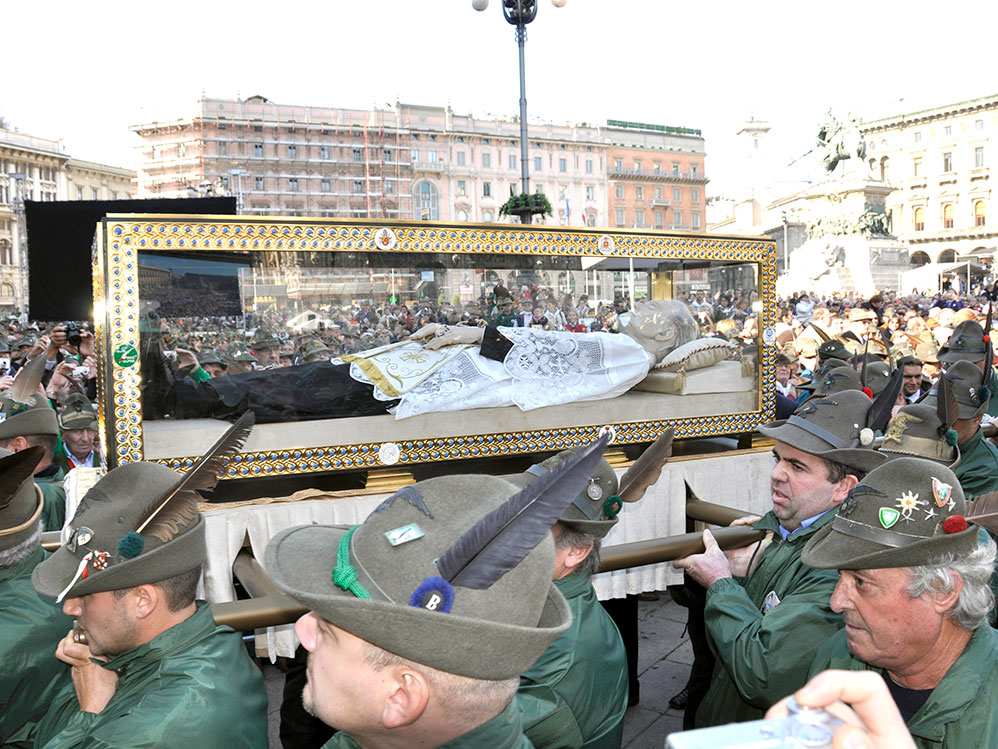The snow had fallen heavily on the village of Les Noes, deep into the mountains of La Forez, in the Pyrenees, that winter of the year 1809. It was a development which was very much welcomed by the bunch of deserters who had taken refuge there from the forced recruitment of Napoleon’s army. The thick snow would isolate the area and stop the gendarmes from coming to look for them. The previous year, the great Napoleon had invaded Spain and imposed as king his brother Joseph Bonaparte. The rebellion of the Spanish population had been unexpectedly fierce and the subsequent repression of the French Army harsh and cruel. On March 3, 1808, the defenders of Madrid were executed by firing squad, an episode made immortal by the famous painting by Goya.
Among the deserters, because of a series of strange circumstances, there was also an eager student for the priesthood, John Mary Vianney. Towards the end of the year 1808, the pressure of the Spanish campaign had caused the abolition of the exemption regarding the ecclesiastical students and John Mary Vianney found himself drafted into Napoleon’s Army. Two days before he had to report at Lyons, he became ill and was hospitalized, during which time his draft left without him. Once released from the hospital, on 5 January 1809, he was sent to Roanne for another draft. The morning of departure, John Mary went to church to pray, and on his return to the barracks, found that his comrades had already left.
He was threatened with arrest, but the recruiting captain believed his story and sent him after the troops. At nightfall, he met a young man who volunteered to guide him back to his group, but instead led him deep into the mountains where deserters had gathered. John Mary lived there for fourteen months, hidden in the cow-shed attached to the farmhouse of a widow with four children. He assumed the name Jerome Vincent, and under that name, he opened a school for the village children. An imperial decree, proclaimed in March 1810, granted amnesty to all deserters and enabled Vianney to go back legally to Ecully, where he resumed his studies for the priesthood.
A faith strengthened by persecution
John Baptist Mary Vianney was born on May 8, 1786, in the French town of Dardilly and was baptized the same day. His parents, Matthew and Mary Beluze, had six children, of whom John was the third. The Vianneys were Catholics who practiced their faith and helped the poor. Among others, they gave hospitality to Saint Benedict Joseph Labre, the patron saint of tramps, who passed through Dardilly on his pilgrimage to Rome. By 1790, the French Revolution forced many loyal priests to hide from the government in order to carry out the sacraments in their parish.
The Vianneys continued attending Mass, even though it was illegal. In order to attend Mass, the Vianneys travelled to distant farms where they would pray in secret. Since priests would risk their lives day by day, John Mary began to look upon them as heroes. First among them was Fr. Balley, their parish priest, who became his greatest inspiration. John Mary made his First Communion at the age of 13. During the Mass, the windows were covered so that the light of the candles could not be seen from the outside. The secrecy of his Catholic practices continued, especially during his preparation for Confirmation. In 1802, the Catholic Church was re-established in France, resulting in religious peace throughout the country. By this time, John Mary was concerned about his future vocation and longed for an education.
He was 20 when his father allowed him to leave the farm to be taught at Father Balley’s “presbytery-school,” in the neighboring village of Ecully. The school taught arithmetic, history, geography, and Latin. John Mary struggled, especially with Latin, since his past education had been interrupted by the French Revolution. If it wasn’t for his deepest desire to be a priest and Father Balley’s patience, he would have given up his struggle to continue. His difficulties in making the preparatory studies seem to have been due to the meagerness of his early schooling, the relative advanced age at which he began to study and the fact that he was far advanced in spiritual science and in the practice of virtue, long before he came to study it in the abstract.
Back from the mountains in 1810, he tried the seminary, but he had to go back to Fr. Balley and it is with him that he completed his formation and was ordained a priest on August 12, 1815. He said his First Mass the next day and was appointed assistant to Fr. Balley.
The Curate of Ars
Shortly after the death of Father Balley, Fr. John Mary was appointed pastor of the parish of Ars, a town of 230 souls. As the pastor of Ars, he realized that the consequence of the Revolution was a great religious ignorance, due to many years of persecution and neglect of the Catholic Church in France. At the time, Sundays in rural areas were spent in the fields working, or dancing and drinking in taverns. The young priest was astonished, especially since Sundays were meant to be reserved for religion. He dedicated himself to the confessional and gave homilies railing on blasphemy and dancing.
It was in the exercise of the functions of parish priest in this remote French hamlet that the “Curate of Ars” became known throughout France and the Christian world. A few years after he went to Ars, he founded a sort of orphanage for destitute girls. It was called “The Providence” and was the model of similar institutions established later all over France. Fr. John Mary himself instructed the children of “The Providence” in the catechism, and these catechetical instructions came to be so popular that at last they were given every day in the church to large crowds.
These are some of his colorful expressions: “Man is a beggar who needs to ask God for everything.” “All our religion is but a false religion, and all our virtues are mere illusions and we ourselves are only hypocrites in the sight of God if we have not that universal charity for everyone – for the good, and for the bad, for the poor and for the rich, and for all those who do us harm as much as those who do us good.” “This is the glorious duty of man: to pray and to love. If you pray and love, that is where a man’s happiness lies.”
But the chief labor of the Curate of Ars was the direction of souls. He had not been long at Ars when people began coming to him from other parishes, then from distant places, then from all parts of France, and finally from other countries. As early as 1835, his bishop forbade him to attend the annual retreats of the diocesan clergy because of the souls waiting for him. During the last ten years of his life, he spent from 16 to 18 hours a day in the confessional. His advice was sought by bishops, priests, religious, young men and women in doubt as to their vocation, sinners, persons in all sorts of difficulties and the sick. In 1855, the number of pilgrims had reached 20,000 a year. And yet Fr. John Mary yearned for the contemplative life of a monk, and four times ran away from Ars, the last time in 1853.
His spiritual direction was characterized by common sense, remarkable insight, and supernatural knowledge. He would sometimes divine sins withheld in an imperfect confession. His instructions were simple in language, full of imagery drawn from daily life and country scenes, but breathing faith and that love of God which was his life principle and which he infused into his audience as much by his manner and appearance as by his words for, at the last, his voice was almost inaudible.
On August 4, 1859, he died at age 73. He became internationally renowned for his priestly and pastoral work in his parish and because of the radical spiritual transformation of the community and its surroundings. Catholics attribute this to his saintly life, mortification, and persevering ministry in the sacrament of confession. In 1925, Pope Pius XI canonized him. He was made patron saint of parish priests in 1929. In honor of the 150th anniversary of Vianney’s death, Pope Benedict XVI declared a Year for Priests, running from the feast of the Sacred Heart 2009 until the same occasion in 2010.
The “virtuous” circle
Generally, in the universal Church, the pope’s initiative of the “Year of the Priests” has been accepted with enthusiasm. There is the need of an injection of optimism and esteem towards this category so much battered by recent scandals and the widespread lack of vocations. In the Philippines, the statue of Saint John Mary Vianney has made its appearance in all the churches, joining the array of saints that already are the patrimony of our devout people. Conferences and large gatherings of priests are planned for this year. I have even met with motorcades through the streets of Manila to solemnize the Year of the Priests. Will all this be enough to bridge the gap that is there between the circumstances of the priests here as compared with Saint John Mary’s?
He was the parish priest of 230 souls; here one young priest may be in charge of tens of thousands souls. After his very devout morning Mass, Fr. John Mary was spending his time in abundant catechesis and hours on end in the confessional. Here, most priests are running around celebrating Masses (even six in a day), with very little catechesis and almost no time for confessions. In some parishes, I have seen with my own eyes, the confessional box or room is used as repository of brooms or candles!
Pope Benedict XVI, in his message at the opening of the Year of the Priests, has written so poignantly of the example of St. John Mary Vianney as role model for priests: “His deep personal identification with the Sacrifice of the Cross led him – by a sole inward movement – from the altar to the confessional. Priests ought never to be resigned to empty confessionals or the apparent indifference of the faithful to this sacrament. In France, at the time of the Curate of Ars, confession was no more easy or frequent than in our own day, since the upheaval caused by the Revolution had long inhibited the practice of religion. Yet he sought in every way, by his preaching and his powers of persuasion, to help his parishioners to rediscover the meaning and beauty of the Sacrament of Penance, presenting it as an inherent demand of the Eucharistic presence. He thus created a “virtuous” circle. By spending long hours in church before the tabernacle, he inspired the faithful to imitate him by coming to visit Jesus, with the knowledge that their parish priest would be there, ready to listen and offer forgiveness.” Let us hope and pray that the example of the Curate of Ars may make all of us, priests, enter into this “virtuous” circle, for the health and prosperity of tomorrow’s Church.


